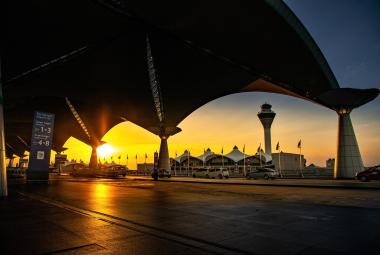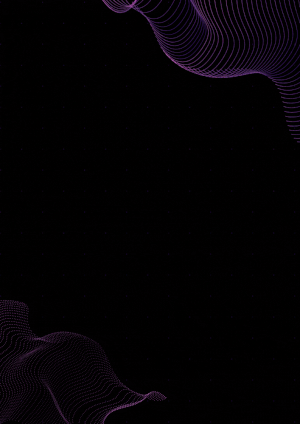By ZUNAIDAH ZAINON
[email protected]
KUALA LUMPUR 16 Dec. - Advanced technology such as real-time rendering technology can help iterate design visions to perfection even before the actual building process starts.
Interestingly, while the use of such technology in architecture has existed for a while, it has largely been regarded as a nice-to-have and seen overall as a niche presentation method.

General Manager of SEA and India Epic Games, Quentin Staes-Polet said, the impact of real-time technology in the architecture industry also extends to customer-facing applications.
"For example, homebuyers are often wary when buying an unbuilt home off the plan and need to exercise their imagination for them to understand the space.
"Artists’ impressions, 'showflats' and 2D impressions do help, but estate agents, developers, and interior designers have their work cut out for them in building buyer confidence," he said in a statement today.
The British architecture practice, Allford Hall Monaghan Morris (AHMM) is one of the examples that shows leveraged real-time technology to test some virtual models for their latest project in a high-profile city-center location.
The prime location meant it was important to ensure the final building fit into the context of the existing landscape, essential to testing the viability of designs.
The use of real-time rendering made collaboration across stakeholders faster and smoother, with visuals updated in a matter of mere hours.
According to research by GlobalData, it shows that the APAC region is to drive global enterprise VR adoption through to 2030, projecting a significant rise in their uptake in the region, especially around the market growth for non-gaming software, such as those used in architecture and property.
Quentin said, real-time technology can help remove the guesswork and at the same time allows homebuyers to view modeled interiors, specific floorplans, and get a feel of the space during different times of the day.
"Malaysia is bound to witness a strong adoption trend in the future, aided by high-speed 5G network deployment.
"The burgeoning ecosystem of connected devices, which is estimated to grow further, as well as ample government support, will drive the general VR adoption in the country, fastening its presence in the architecture industry," he said. - DagangNews.com










